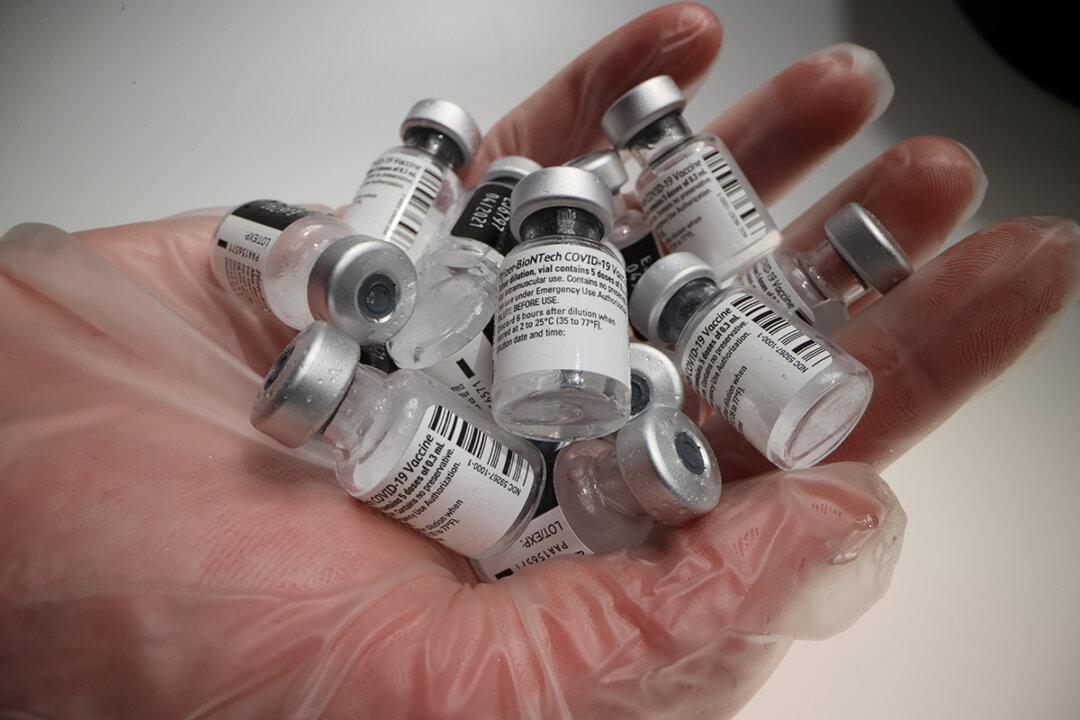Commentary
The uptake of the latest version of the COVID-19 vaccines, which underwent almost no testing but were rubber-stamped by regulators anyway, has been far lower than expectations. The Centers for Disease Control and Prevention isn’t publishing real-time data, although what we know so far suggests that it’s in the realm of 2 percent.





